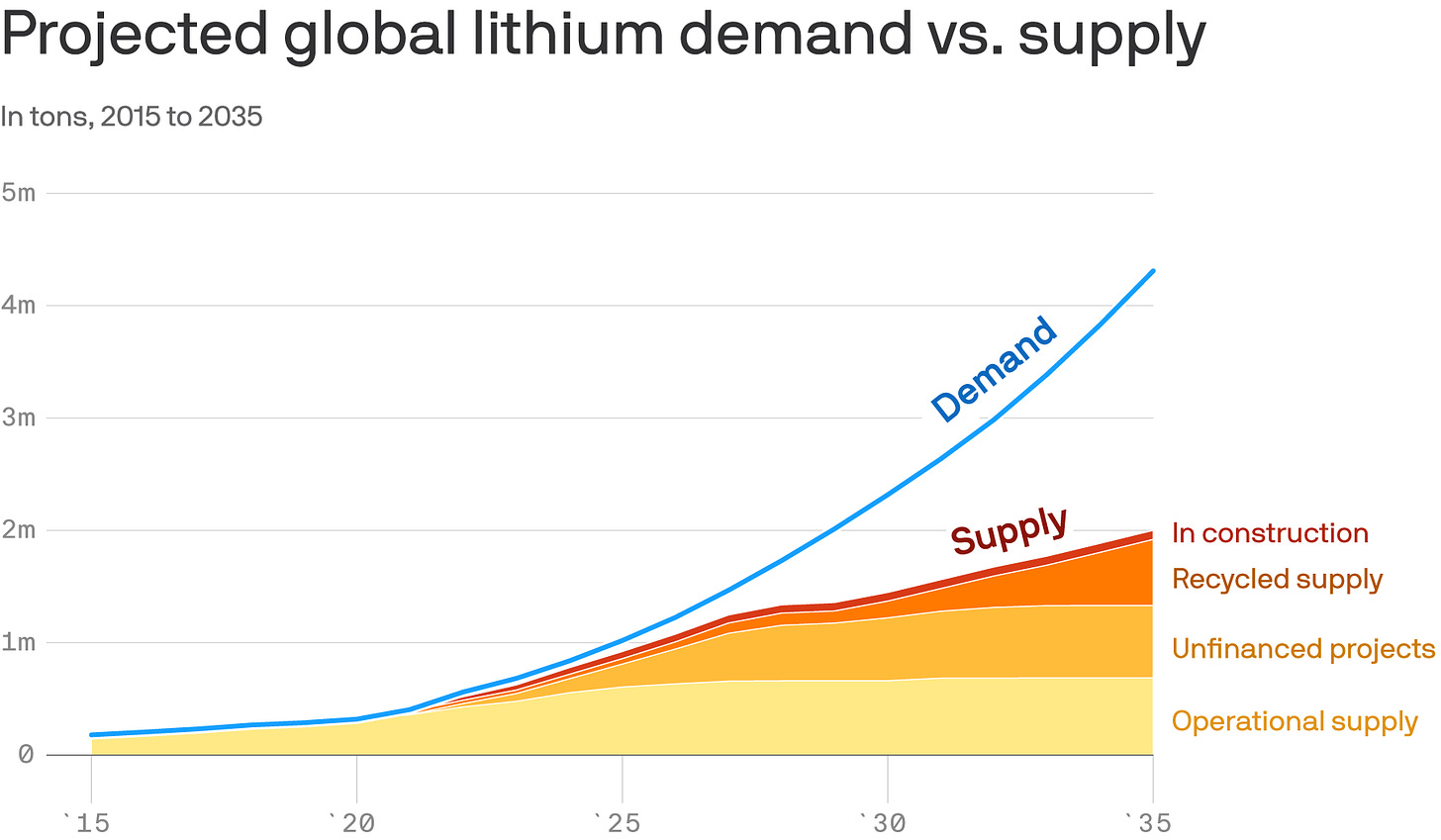Welcome to Just Two Things, which I plan to write daily, five days a week, if I can manage it. Some links may also appear on my blog from time to time. Links to the main articles are in cross-heads as well as the story.
The futurist Leah Zaidi has a provocative idea in the current issue of the Journal of Futures Studies: there are only three trends that matter in terms of thinking about a preferred future. These are:
Climate change and its consequences
The battle for an equal, just and democratic society
The rise of artificial intelligence (and its ethical consequences)
Her argument goes like this:
Given the sheer number of trend predictions, it can be difficult to determine what is critical and warrants attention. As a result, what matters may be lost in the noise. For instance, trend reports highlight technological trends as much, if not more than, environmental ones, even though a global climate catastrophe will supersede all other concerns. As a result, what trends we privilege and how we communicate those trends may be problematic, in and of itself. Not to mention that when you make a thousand and one predictions, you are bound to get some right, which further distorts the value trends have…
These three megatrends significantly impact what it means to be human, how we relate to each other, and whether or not we survive the next century. While other trends may have short-term appeal and/or financial benefits, it is the above three that will dominate and shape our reality in the years to come.
You can argue about the detail. I’d say that from a tech perspective not very intelligent algorithms are at least a big a problem as artificial intelligence, but I’m a bit of an AI sceptic.
But the principle is a good one. I remember my former MD at The Futures Company trying to sell our all-singing, all dancing trends package to the marketing director of a big packaged goods business. The director responded that he’d stopped buying trends packages and had asked his staff to assess ideas against three big trends that were shaping retail and consumer innovation at the time. It doesn’t matter what they were. His point was that staff could remember three things, and that the trends were substantial enough to be a good enough assessment framework.
Reproduced from Benchmark Mineral Intelligence; Chart: Axios Visuals
Most people who have looked at the process of shifting cars from internal combustion engine to electric vehicles come to the conclusion that batteries are likely to be the pinchpoint. In short, this is critical to the carbon transition—even allowing for changing social attitudes, shared vehicles, etc, which could reduce overall demand for cars.
So attention has shifted to the challenge of building battery recycling processes that work. Axios has a good summary of the issue written in its usual short-attention-span telegrammese. Here’s some higlights:
What's happening: Tesla's former battery chief, J.B. Straubel, who has seen the issue developing for years, envisions a long-term solution that would produce EV batteries from recycled lithium, nickel and cobalt salvaged from other cars, not mined from the earth…
The catch: There aren't enough used EVs hitting the junkyard yet. So for now, Redwood is perfecting its processes using batteries stripped from consumer electronics as well as scrapped battery materials from Panasonic, Tesla's joint venture partner in its Nevada gigafactory…
Yes, but: Battery recycling is still at least three years away from being a serious business, says Simon Moores, managing director of research firm Benchmark Minerals… At best, he projects, recycling will account for 10% of global lithium demand by 2030.
The intrigue: Despite the clear demand for raw materials, financing for new mines is hard to secure because of the long-term investment horizon and potential price volatility, Moores said.
Webinar on Friday
I’m joining a webinar conversation this Friday to talk to John Sanei and Iraj Abedian to discuss their new book FutureNext. It’s at 16:00 GMT, and tickets are free, through Eventbrite.
J2t#007



